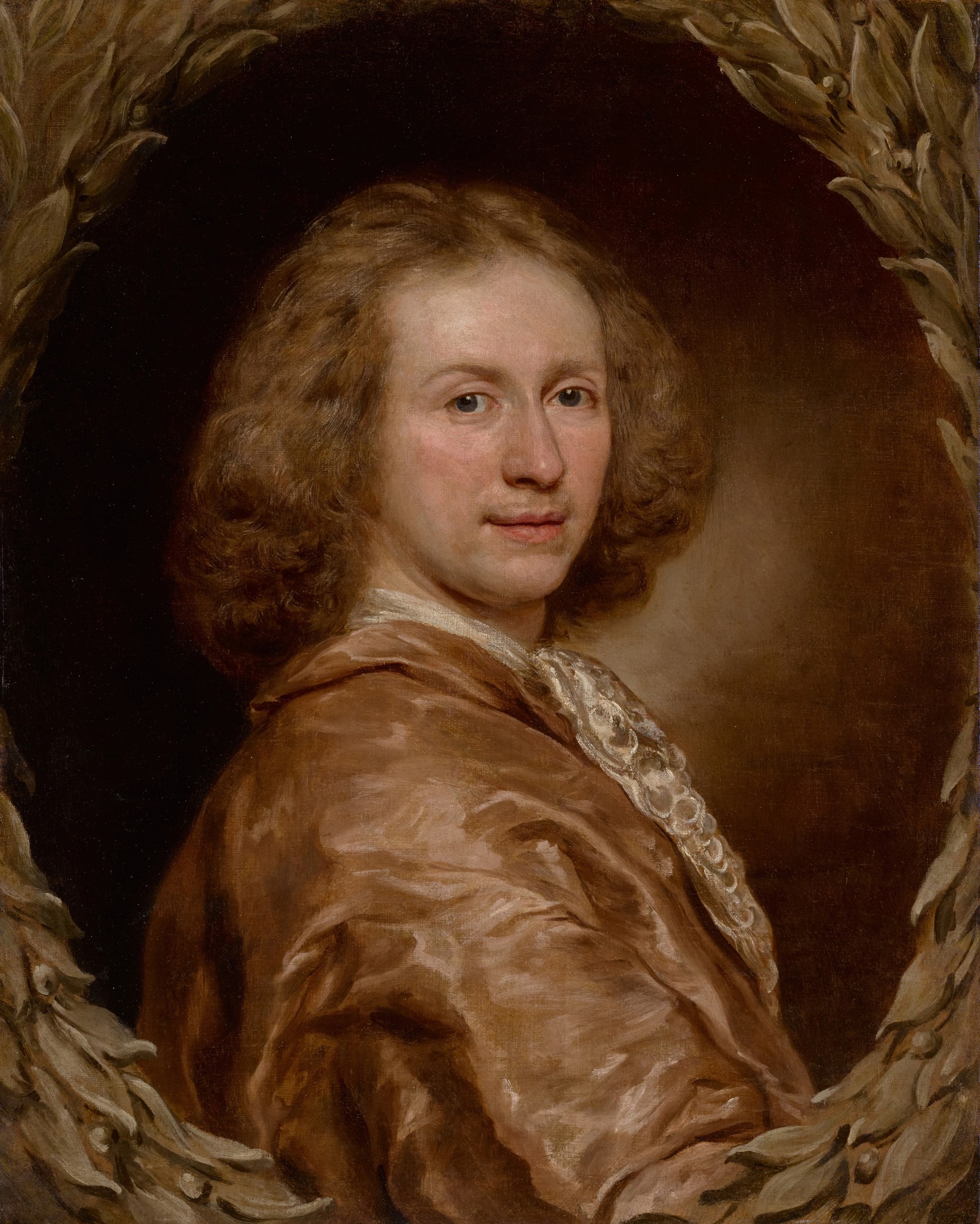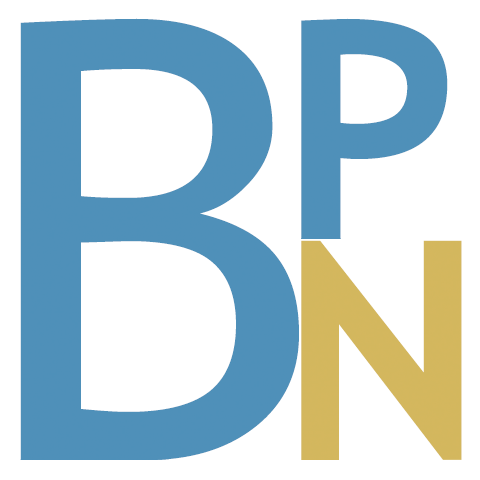|
Jacob Van Bunnik
Jacob van Bunnik (c. 1655 in Utrecht – 1725 in Utrecht), was a Dutch Golden Age painter of battle scenes and the brother of Jan van Bunnik. According to Houbraken he accompanied his brother Jan on his travels, but he is only specifically mentioned by Houbraken when Jan was on his way back north in the company of Jacob Ferdinand Voet. [Baidu] |
Utrecht
Utrecht ( , , ) is the List of cities in the Netherlands by province, fourth-largest city and a List of municipalities of the Netherlands, municipality of the Netherlands, capital and most populous city of the Provinces of the Netherlands, province of Utrecht (province), Utrecht. It is located in the eastern corner of the Randstad conurbation, in the very centre of mainland Netherlands, about 35 km south east of the capital Amsterdam and 45 km north east of Rotterdam. It has a population of 361,966 as of 1 December 2021. Utrecht's ancient city centre features many buildings and structures, several dating as far back as the High Middle Ages. It has been the religious centre of the Netherlands since the 8th century. It was the most important city in the Netherlands until the Dutch Golden Age, when it was surpassed by Amsterdam as the country's cultural centre and most populous city. Utrecht is home to Utrecht University, the largest university in the Netherlands, as well as seve ... [...More Info...] [...Related Items...] OR: [Wikipedia] [Google] [Baidu] |
Dutch Golden Age
The Dutch Golden Age ( nl, Gouden Eeuw ) was a period in the history of the Netherlands, roughly spanning the era from 1588 (the birth of the Dutch Republic) to 1672 (the Rampjaar, "Disaster Year"), in which Dutch trade, science, and Dutch art, art and the Dutch military were among the most acclaimed in Europe. The first section is characterized by the Eighty Years' War, which ended in 1648. The Golden Age continued in peacetime during the Dutch Republic until the end of the century, when costly conflicts, including the Franco-Dutch War and War of the Spanish Succession fuelled economic decline. The transition by the Netherlands to becoming the foremost maritime and economic power in the world has been called the "Dutch Miracle" by historian K. W. Swart. Causes of the Golden Age In 1568, the Dutch Republic, Seven Provinces that later signed the Union of Utrecht ( nl, Unie van Utrecht) started a rebellion against Philip II of Spain, Philip II of Spain that led to the Ei ... [...More Info...] [...Related Items...] OR: [Wikipedia] [Google] [Baidu] |
Jan Van Bunnik
Jan van Bunnik (1654–1727) was a Dutch Golden Age landscape painter. Biography He was born at Utrecht in 1654 where he was sent to learn draftsmanship from Herman Saftleven in 1668,Johan van Bunnik biography in ''De groote schouburgh der Nederlantsche konstschilders en schilderessen'' (1718) by , courtesy of the under whom he studied three years; he afterwards spent some time in the |
Jacob Ferdinand Voet
Jacob Ferdinand Voet or Jakob Ferdinand Voet ( 163926 September 1689) was a Flemish portrait painter.Jacob Ferdinand Voet at the He had an international career that brought him to Italy and France, where he made portraits for an elite clientele. Voet is regarded as one of the best and most fashionable portrait painters of the High Baroque.Jacob Ferdinand Voet, '' ... [...More Info...] [...Related Items...] OR: [Wikipedia] [Google] [Baidu] |
Arnold Houbraken
Arnold Houbraken (28 March 1660 – 14 October 1719) was a Dutch painter and writer from Dordrecht, now remembered mainly as a biographer of Dutch Golden Age painters. Life Houbraken was sent first to learn ''threadtwisting'' (Twyndraat) from Johannes de Haan, who introduced him to engraving. After two years he then studied art with Willem van Drielenburch, who he was with during the rampjaar, the year 1672. He then studied 9 months with Jacobus Leveck and finally, four years with Samuel van Hoogstraten. In 1685 he married Sara Sasbout, and around 1709 he moved from Dordrecht to Amsterdam. Arnold Houbraken painted mythological and religious paintings, portraits and landscapes. He is best known for the art historical work ''The Great Theatre of Dutch Painters'' (1718–1721). When he died his son Jacob assisted his mother with the last proofs of the manuscript before publishing. His first attempt at an instructive manual for artists was his Emblem book, ''Inhoud van 't Sie ... [...More Info...] [...Related Items...] OR: [Wikipedia] [Google] [Baidu] |
Digital Library For Dutch Literature
The Digital Library for Dutch Literature (Dutch: Digitale Bibliotheek voor de Nederlandse Letteren or DBNL) is a website (showing the abbreviation as dbnl) about Dutch language and Dutch literature. It contains thousands of literary texts, secondary literature and additional information, like biographies, portrayals etcetera, and hyperlinks. The DBNL is an initiative by the DBNL foundation that was founded in 1999 by the Society of Dutch Literature (Dutch: Maatschappij der Nederlandse Letterkunde). Building of the DNBL was made possible by donations, among others, from the Dutch Organization for Scientific Research (Dutch: Nederlandse Organisatie voor Wetenschappelijk Onderzoek or NWO) and the Nederlandse Taalunie. From 2008 to 2012, the editor was René van Stipriaan. The work is done by eight people in Leiden (as of 2013: The Hague), 20 students, and 50 people in the Philippines who scan and type the texts. As of 2020, the library is being maintained by a collaboration of t ... [...More Info...] [...Related Items...] OR: [Wikipedia] [Google] [Baidu] |
Peter Van Bloemen
Pieter van Bloemen, also known as Standaart (bapt. 17 January 1657 – 6 March 1720), first name also spelled Peter or Peeter, was a Flemish painter. He was a gifted landscape and animal painter and was very successful with his compositions depicting equestrian, animal and market scenes. Life Van Bloemen was born in Antwerp. He was a pupil of Simon Johannes van Douw, according to some historians already from the age of 10. He became a master of the local Guild of Saint Luke in 1674 at the age of 17.Pieter van Bloemen at the He had two younger brothers who were also painters: [...More Info...] [...Related Items...] OR: [Wikipedia] [Google] [Baidu] |
Gillis Wenix
Gillis may refer to: People *Gillis (surname), list of people with this name *Gillis Wilson, American football player Places ;Belgium *Sint-Gillis (Saint-Gilles, Belgium), municipality *Sint-Gillis-Waas, municipality *Sint-Gillis-bij-Dendermonde, town in the municipality of Dendermonde ;United States *Gillis, California *Gillis, Louisiana *Gillis Bluff Township, Butler County, Missouri *Gillis Range, a mountain range in Nevada Things *Gillis Centre complex of historical buildings in Edinburgh, Scotland *Gillis College a former seminary in Edinburgh, Scotland *''The Many Loves of Dobie Gillis'', a 1951 collection of short stories and a 1959-1963 American TV series * USS ''Gillis'' (DD-260) (1919-1945), a Clemson-class destroyer in the United States Navy *Willie Gillis, a fictional character by Norman Rockwell See also *Gilli (other) *Gillies Gillies is both a Scottish surname and a given name shared by several notable people: Surname uses Politicians * Duncan Gillies (1 ... [...More Info...] [...Related Items...] OR: [Wikipedia] [Google] [Baidu] |
Guild Of St
A guild ( ) is an association of artisans and merchants who oversee the practice of their craft/trade in a particular area. The earliest types of guild formed as organizations of tradesmen belonging to a professional association. They sometimes depended on grants of letters patent from a monarch or other ruler to enforce the flow of trade to their self-employed members, and to retain ownership of tools and the supply of materials, but were mostly regulated by the city government. A lasting legacy of traditional guilds are the guildhalls constructed and used as guild meeting-places. Guild members found guilty of cheating the public would be fined or banned from the guild. Typically the key "privilege" was that only guild members were allowed to sell their goods or practice their skill within the city. There might be controls on minimum or maximum prices, hours of trading, numbers of apprentices, and many other things. These rules reduced free competition, but sometimes maintained ... [...More Info...] [...Related Items...] OR: [Wikipedia] [Google] [Baidu] |
Biografisch Portaal
The Biografisch Portaal (Biography Portal) is an initiative based at the Huygens Institute for Dutch History in Amsterdam, with the aim of making biographical texts of the Netherlands more accessible. The project was started in February 2010 with material for 40,000 digitized biographies, with the goal to grant digital access to all reliable information about (deceased) people of the Netherlands from the earliest beginnings of history up to modern times. The Netherlands as a geographic term includes former colonies, and the term "people" refers both to people born in the Netherlands and its former colonies, and also to people born elsewhere but active in the Netherlands and its former colonies. , only biographical information about deceased people is included. The system used is based on the standards of the Text Encoding Initiative. Access to the Biografisch Portaal is available free through a web-based interface. The project is a cooperative undertaking by ten scientific and cu ... [...More Info...] [...Related Items...] OR: [Wikipedia] [Google] [Baidu] |
1650s Births
Year 165 ( CLXV) was a common year starting on Monday (link will display the full calendar) of the Julian calendar. At the time, it was known as the Year of the Consulship of Orfitus and Pudens (or, less frequently, year 918 ''Ab urbe condita''). The denomination 165 for this year has been used since the early medieval period, when the Anno Domini calendar era became the prevalent method in Europe for naming years. Events By place Roman Empire * A Roman military expedition under Avidius Cassius is successful against Parthia, capturing Artaxata, Seleucia on the Tigris, and Ctesiphon. The Parthians sue for peace. * Antonine Plague: A pandemic breaks out in Rome, after the Roman army returns from Parthia. The plague significantly depopulates the Roman Empire and China. * Legio II ''Italica'' is levied by Emperor Marcus Aurelius. * Dura-Europos is taken by the Romans. * The Romans establish a garrison at Doura Europos on the Euphrates, a control point for the commercial ro ... [...More Info...] [...Related Items...] OR: [Wikipedia] [Google] [Baidu] |
.jpg)




